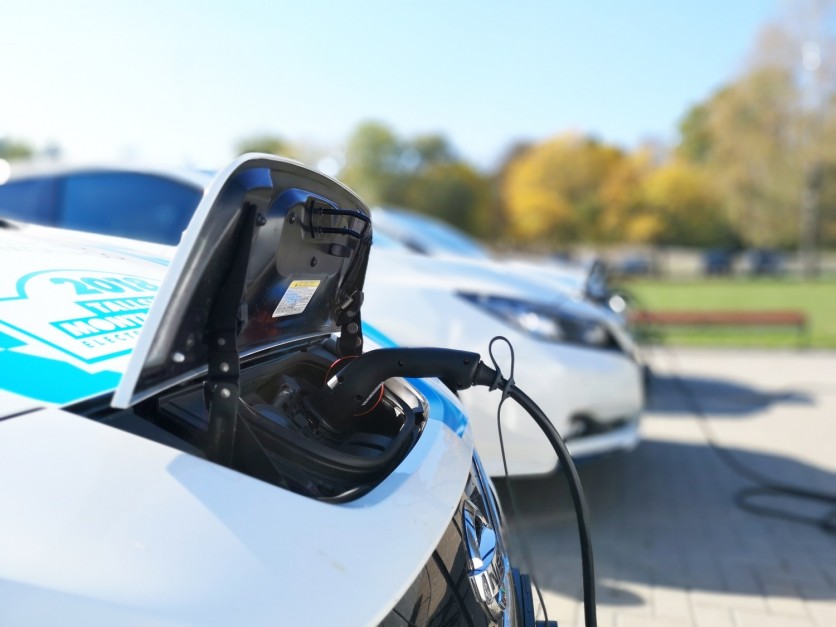A group of researchers led by Dr. Xuekun Lu from Queen Mary University of London, in collaboration with an international team of scientists from the UK and US, reported making progress in preventing lithium plating in electric vehicle (EV) batteries, potentially leading to faster charging times and improved performance.

What Is Lithium Plating?
Lithium plating is a phenomenon that can occur during rapid charging of lithium-ion batteries. It has been a concern due to its damaging effects on battery life and safety.
It occurs when lithium ions accumulate on the battery's negative electrode surface, creating a layer of metallic lithium that can compromise the battery's functionality and durability and even lead to hazardous events like short circuits and fires.
The team's research reveals that optimizing the microstructure of the graphite negative electrode can play a crucial role in mitigating lithium plating. The negative electrode is composed of small particles that need precise manipulation to achieve a uniform reaction activity and reduce local lithium saturation.
The team's work highlights that understanding the lithiation mechanisms of graphite particles and their behavior under varying conditions is essential in curbing lithium plating and enhancing battery performance.
Lu emphasizes the significance of their findings, saying, "Assisted by a pioneering 3D battery model, we can capture when and where lithium plating initiates and how fast it grows. This is a significant breakthrough that could have a major impact on the future of electric vehicles."
The findings from the study are anticipated to aid in the advancement of sophisticated charging protocols by providing a more comprehensive comprehension of the complex mechanisms governing the redistribution of lithium within graphite particles during rapid charging.
This understanding holds the potential to create more effective charging techniques while reducing the risk of lithium plating. Furthermore, aside from accelerating charging durations, the study also reveals that enhancing the graphite electrode's microstructure can boost the battery's energy density.
As a result, this progress could empower electric vehicles to travel extended distances on a single charge, addressing a common constraint associated with EVs.
Read Also : E-Buses May Lead to Significant Reduction of Emissions, Hitting Urban Net-Zero Targets - Study Reveals
Optimizing EV Battery Performance
The implications of this study extend to the broader realm of electric vehicle battery technology. The potential for faster-charging, longer-lasting, and safer electric cars aligns with the growing demand for sustainable transportation solutions as the automotive industry aims to accelerate the adoption of electric vehicles and overcome challenges related to range and charging infrastructure.
The study's abstract further delves into the intricacies of phase separation dynamics in graphitic anodes and provides a comprehensive understanding of the mechanisms and behaviors driving lithium plating.
By combining experimental observations with sophisticated modeling, the researchers shed light on the spatial dynamics of phase separation and plating in graphite electrodes during various charging scenarios.
The insights gained from this study aim to contribute to the ongoing efforts to optimize EV battery performance and safety. The study's findings were published in the journal Nature Communications.





